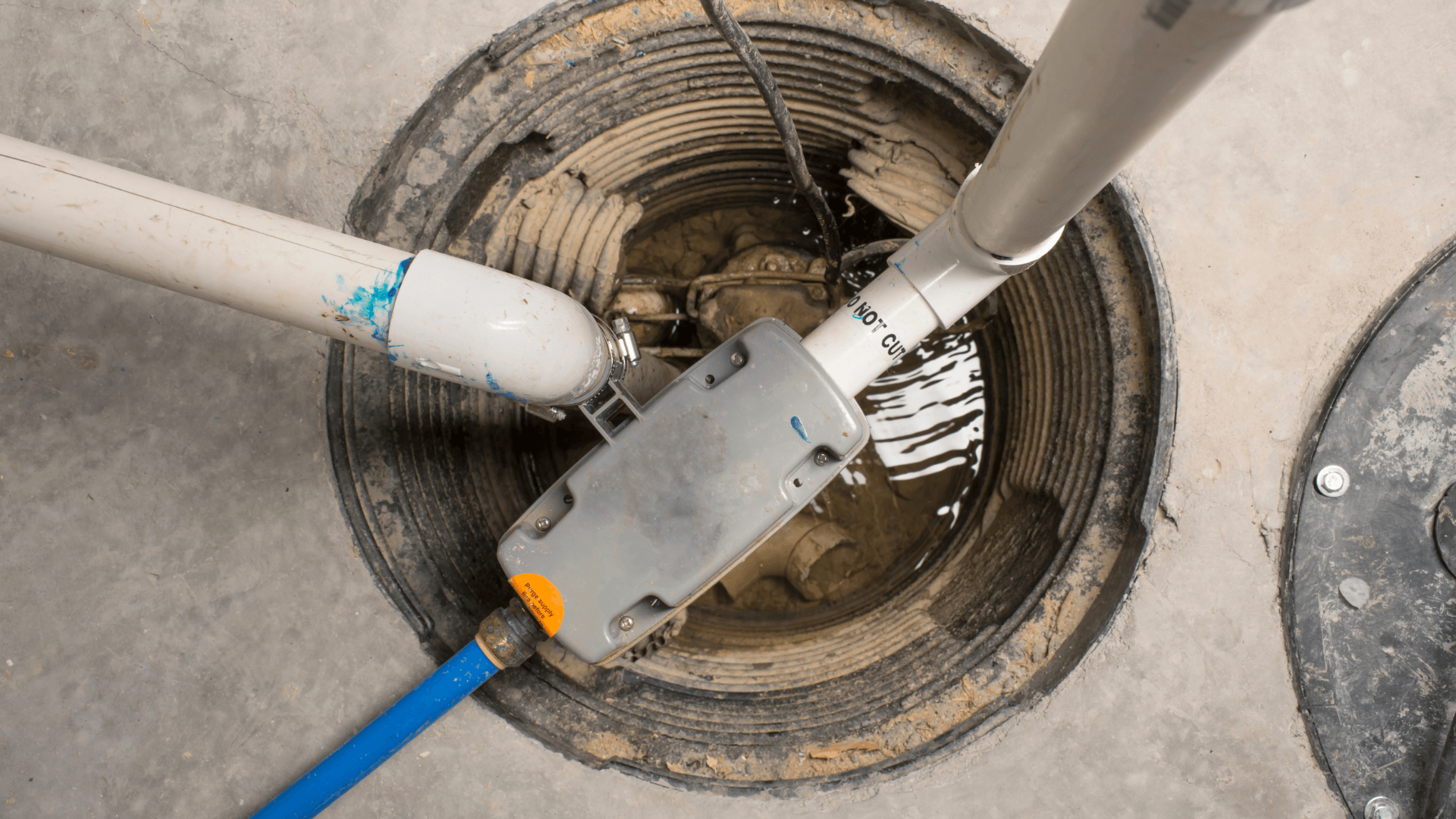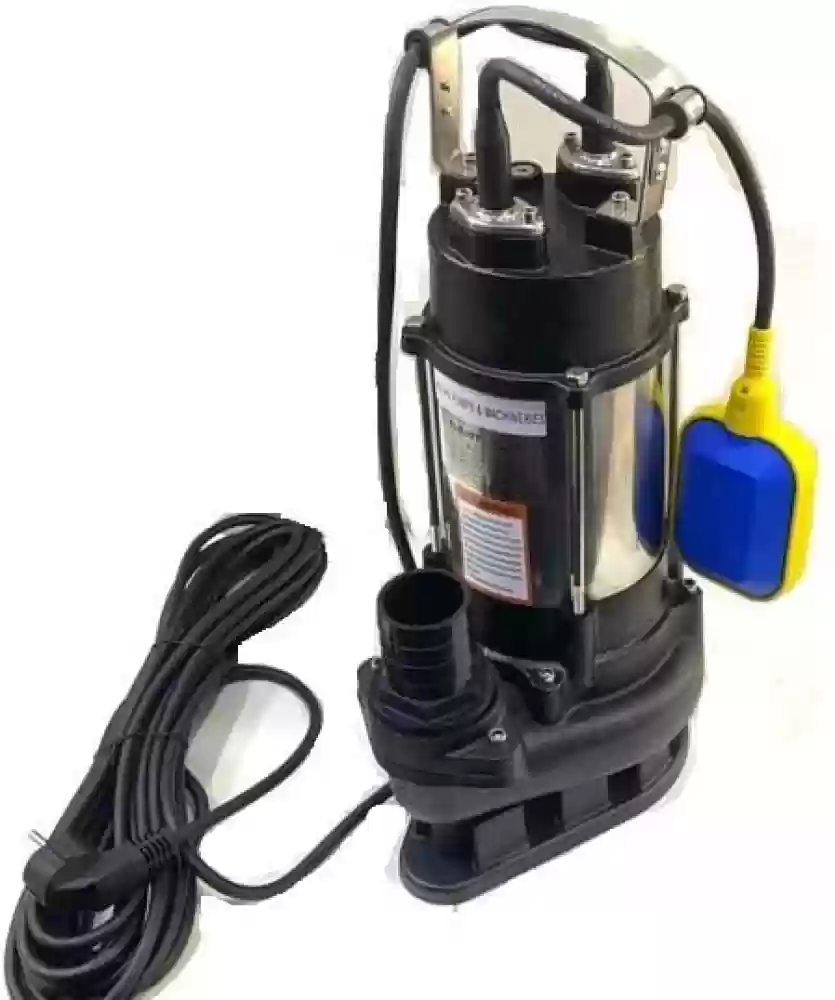This post which follows involving Steps to Cleaning Your Sump Pump Properly is really compelling. You should read it.

Sump pumps are essential parts in numerous homes, especially in locations prone to flooding or too much moisture. They help stop water damage by efficiently removing excess water from basements or crawl spaces. Nevertheless, like any other home appliance, sump pumps require regular upkeep to ensure they operate properly when required one of the most. Cleansing your sump pump is a crucial part of its upkeep, and recognizing how to do it appropriately can conserve you from pricey repair services and possible disasters.
Introduction
Preserving a clean sump pump is crucial for its appropriate functioning and longevity. Overlooking this necessary task can cause blockages, breakdowns, and inevitably, water damage to your property. Therefore, finding out exactly how to cleanse a sump pump is vital for property owners who count on these devices to maintain their basements dry and safeguarded.
Signs of a Dirty Sump Pump
Understanding when your sump pump requires cleaning is vital for stopping prospective breakdowns. Some typical indications that show a dirty sump pump consist of strange noises throughout operation, lowered water flow, and visible particles in the pit. If you observe any of these signs and symptoms, it's vital to cleanse your sump pump quickly to avoid any type of more problems.
Preparing for Cleansing
Before you start cleansing your sump pump, it's essential to take some security precautions. Begin by turning off the power to the pump to avoid any electrical mishaps. Furthermore, put on suitable safety equipment, such as handwear covers and safety glasses, to safeguard yourself from dirt, particles, and potential pathogens.
Understanding the Sump Pump
Before diving into the cleaning procedure, it's necessary to have a fundamental understanding of exactly how a sump pump functions. Normally installed in a pit or container below the basement flooring, a sump pump contains a number of key elements, consisting of a pump, a float button, and a discharge pipe. When water gathers in the pit, the float switch turns on the pump, which after that pumps the water out through the discharge pipeline, far from the structure's foundation.
Step-by-step Guide to Cleaning a Sump Pump
Turning off the Power
Begin by separating the power supply to the sump pump to avoid any type of mishaps while cleansing.
Looking For Appropriate Functioning
Before reinstalling the pump, carry out a quick test to make sure that the float button triggers the pump properly. Pour some water right into the sump pit and observe the pump's procedure. If whatever is functioning correctly, you can rebuild the pump and reconnect the power supply.
Getting Rid Of Debris and Dust
Make use of a container or a scoop to eliminate any noticeable particles, dirt, or debris from the sump pit. Dispose of the particles correctly to prevent it from obstructing the pump or the discharge pipe.
Cleaning up the Pump and Drift Switch Over
When the pit is clear of debris, meticulously get rid of the pump from the pit. Evaluate the pump and the float switch for any kind of signs of damage or wear. Utilize a soft brush or cloth to clean the surface areas and remove any type of accumulated grime.
Purging the System
After cleaning the pump and float switch, flush the sump pit with clean water to remove any continuing to be dirt or debris. This will certainly assist ensure that the pump runs efficiently and successfully.
Maintenance Tips to Keep Your Sump Pump Clean
In addition to regular cleaning, there are several upkeep tips you can comply with to keep your sump pump in optimum condition:
Verdict
Cleaning your sump pump is a critical element of its upkeep and makes sure that it operates successfully when you require it the most. By adhering to the actions laid out in this guide and integrating normal upkeep into your routine, you can extend the life-span of your sump pump and secure your home from water damages.
6 STEPS ON HOW TO CLEAN A SUMP PUMP PROPERLY
UNDERSTANDING SUMP PUMPS
Your sump pump plays a crucial role in protecting your home by managing and removing excess water. It primarily functions as a “shield”, guarding your basement against the damaging effects of water accumulation. The pump is housed in a sump pit in the lowest part of your basement, and its job is to pump out any water that collects there.
During heavy rainfalls or when snow melts rapidly, water can infiltrate your basement, posing potential risks like flooding, structural damage, and harmful mold growth. Here, the sump pump springs into action, pumping out the intruding water and directing it away from your home.
SAFETY FIRST
Before cleaning, remember to prioritize safety. Disconnect the sump pump from the power source to prevent any accidental electric shocks. Also, wear sturdy gloves to protect your hands from any sharp or dirty components within the pump.
REMOVE THE SUMP PUMP
After ensuring your safety, the next step is to remove the sump pump from its pit. Doing this might require careful maneuvering as you don’t want to damage any pump components. Once removed, clean the sump pit to remove any accumulated debris or sludge.
INSPECT THE PUMP
Inspect the pump for any visible signs of wear or damage. Check the power cord, float switch, and impeller housing. If any components look worn out or damaged, consider replacing them to ensure optimal performance.
CLEAN THE PUMP
Thoroughly clean the pump with warm, soapy water. Make sure to rid it of any dirt, gravel, or other debris that might impede its performance. You can use a toothbrush to clean the small, hard-to-reach parts of the pump.
REINSTALL THE SUMP PUMP
Reinstall the pump into the sump pit Make sure it’s positioned correctly to remove the water effectively Once it’s back in place, reconnect it to the power source TEST THE PUMP
Finally, pour some water into the pit to ensure the pump works correctly. It should start automatically and begin pumping out the water; if it doesn’t, check the power source and the positioning of the pump.
Remember, while cleaning your sump pump is an essential part of home maintenance, hiring a professional plumber for a thorough inspection and cleaning at least once a year is also important. This will ensure that your pump is in optimal condition, ready to protect your home from potential water damage.
BEST PRACTICES FOR CLEANING SUMP PUMP DISCHARGE PIPES
Regular Inspection: Regularly inspect your discharge pipes, especially during heavy rainfall or snowmelt periods. Look for any signs of blockage or damage. Early detection of problems can prevent serious issues down the line. Periodic Cleaning: Over time, sediment and debris can accumulate in the discharge pipes, impeding the flow of water. Regular cleaning helps keep the pipes clear and functioning efficiently. You can use a high-pressure water jet to effectively clean the pipes. Insulation During Winter: In colder climates, discharge pipes can freeze, blocking the outflow of water. Protect your discharge pipes from freezing temperatures by insulating them with foam pipe insulation. This will ensure the sump pump can continue to discharge water even in freezing conditions. Proper Positioning: The discharge pipe should be positioned to direct water away from your home’s foundation. Improper positioning can lead to water seeping back into the basement. Ensure the pipe is long enough and angled correctly. Installation of a Check Valve: A check valve prevents water from flowing back into your sump pit after the pump has pushed it out. Installing a check valve helps maintain the efficiency of your sump pump and reduces the risk of flooding. Minimize Pipe Turns: Every curve or turn in the discharge pipe can decrease the efficiency of water flow. By minimizing turns and bends in your discharge pipe, you can increase the efficiency of your sump pump. https://www.fullspeedplumbing.com/how-to-clean-a-sump-pump-properly9999/

I'm very taken with How to Care for Your Sump Pump and I'm hoping you liked my blog post. Do you know someone else who is excited by the subject? Feel free to promote it. Thank you for your time spent reading it.
Prices & Booking